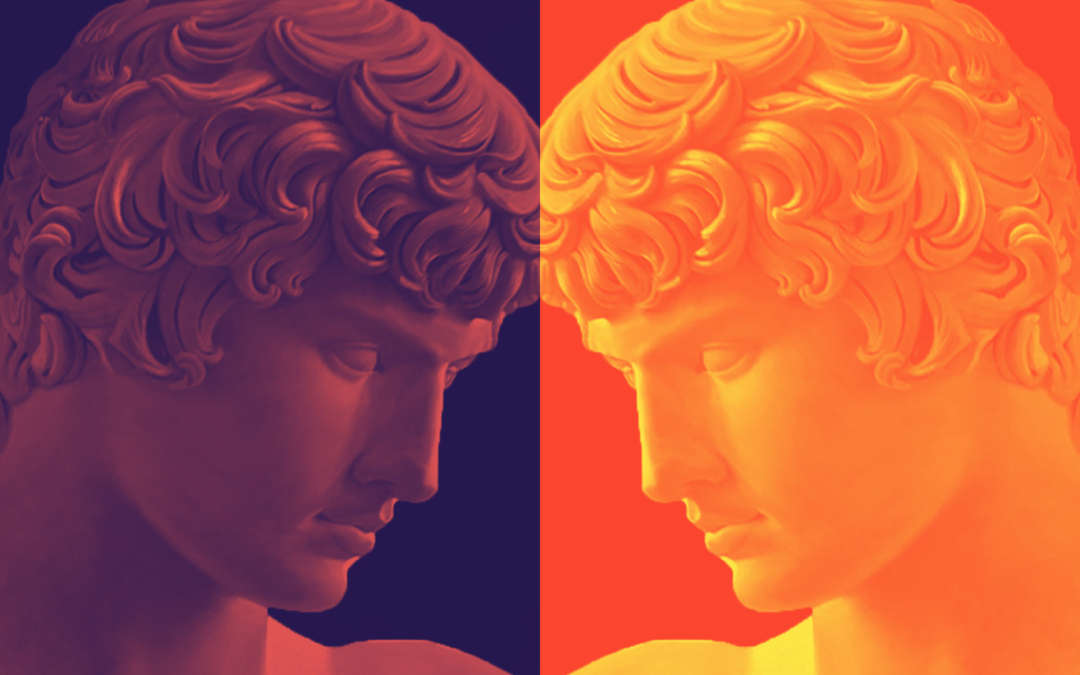Purple, a color long associated with royalty, luxury, and mysticism, has a rich and fascinating history in the world of art. From its elusive origins in antiquity to its eventual democratization in the 19th century, purple has captivated artists and audiences alike with its deep, emotive qualities.
The Origins and Challenges of Purple Pigments
In antiquity, purple was one of the most challenging colors to produce, making it highly prized and often reserved for the elite. The most famous purple dye, Tyrian purple, was derived from the mucous secretion of sea snails, particularly the Murex brandaris. This painstaking process required thousands of snails to produce just a small amount of dye, which contributed to its high value and association with nobility and power. The Roman emperors famously donned purple togas, symbolizing their supreme status.

Throughout the Middle Ages and Renaissance, artists sought to capture the richness of purple using various natural sources, such as plants, minerals, and insects. However, these early pigments often lacked the vibrancy and stability required for lasting artworks, and their scarcity continued to limit their use.
The Revolution of Synthetic Pigments
The 19th century marked a turning point for the color purple with the advent of synthetic dyes. In 1856, William Henry Perkin accidentally discovered the first aniline dye, mauveine, while attempting to synthesize quinine. This breakthrough not only made purple more accessible but also introduced a vibrant and stable pigment that could be used widely in art and fashion. The discovery of mauveine heralded a new era of color experimentation and democratization in the visual arts.
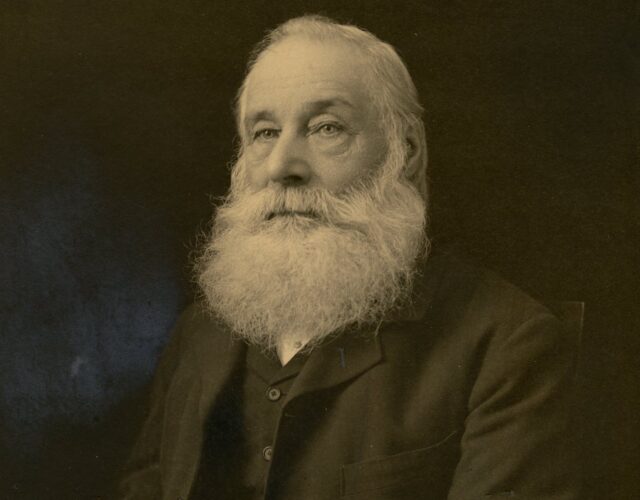
Image: Science History Institute
The Significance of Purple in Visual Arts
Purple has held a significant place in visual arts, symbolizing a range of emotions and ideas. It often evokes feelings of mystery, spirituality, and opulence. Artists have used purple to convey both the depth of human emotion and the richness of the natural and supernatural worlds.
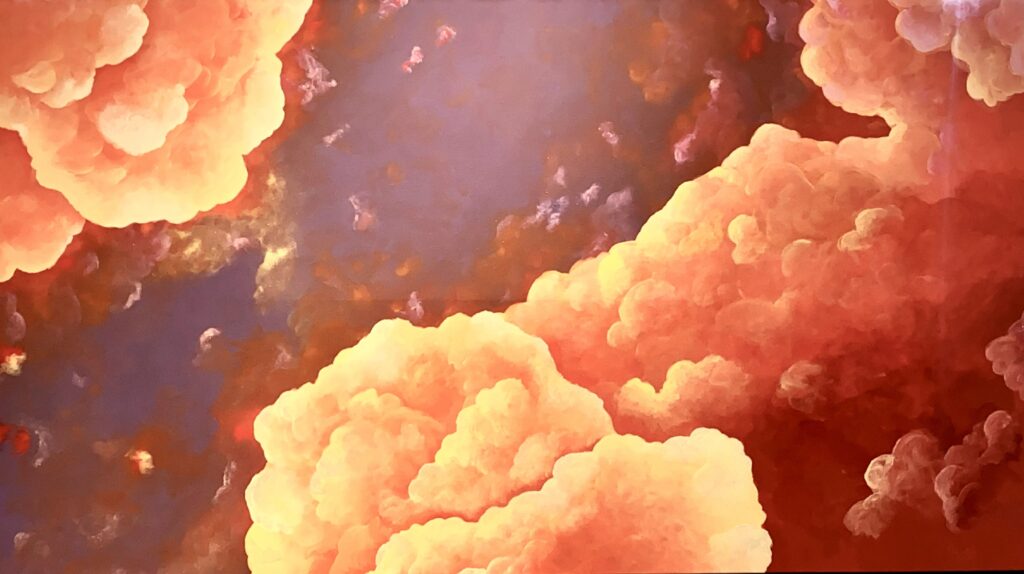
Artists Renowned for Their Use of Purple
Several renowned artists are celebrated for their use of purple in their works. Vincent van Gogh employed vibrant purples to create emotional intensity and dynamic contrast, especially in his later works. His masterful use of purple, often blended with other bold colors, adds a dramatic and expressive quality to his paintings. Henri Matisse’s fauvist period and later works feature bold, non-naturalistic color schemes, with purple playing a key role in adding depth and vibrancy to his compositions. Mark Rothko’s color field paintings frequently include shades of purple, creating contemplative and immersive experiences. His subtle gradations of color and emotive purples contribute to the meditative quality of his work. Francis Bacon used purples to convey psychological intensity and emotional depth, often juxtaposing it with dark and unsettling imagery.
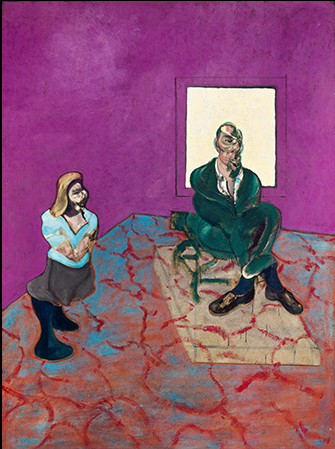
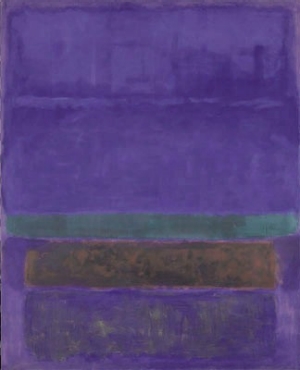
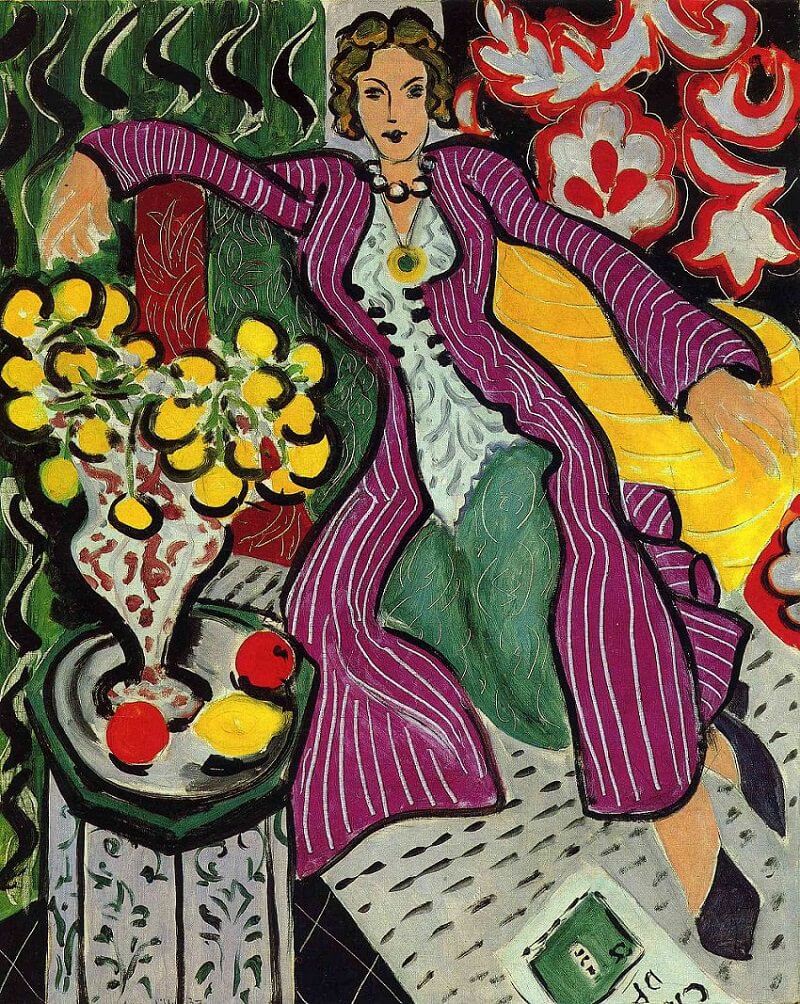
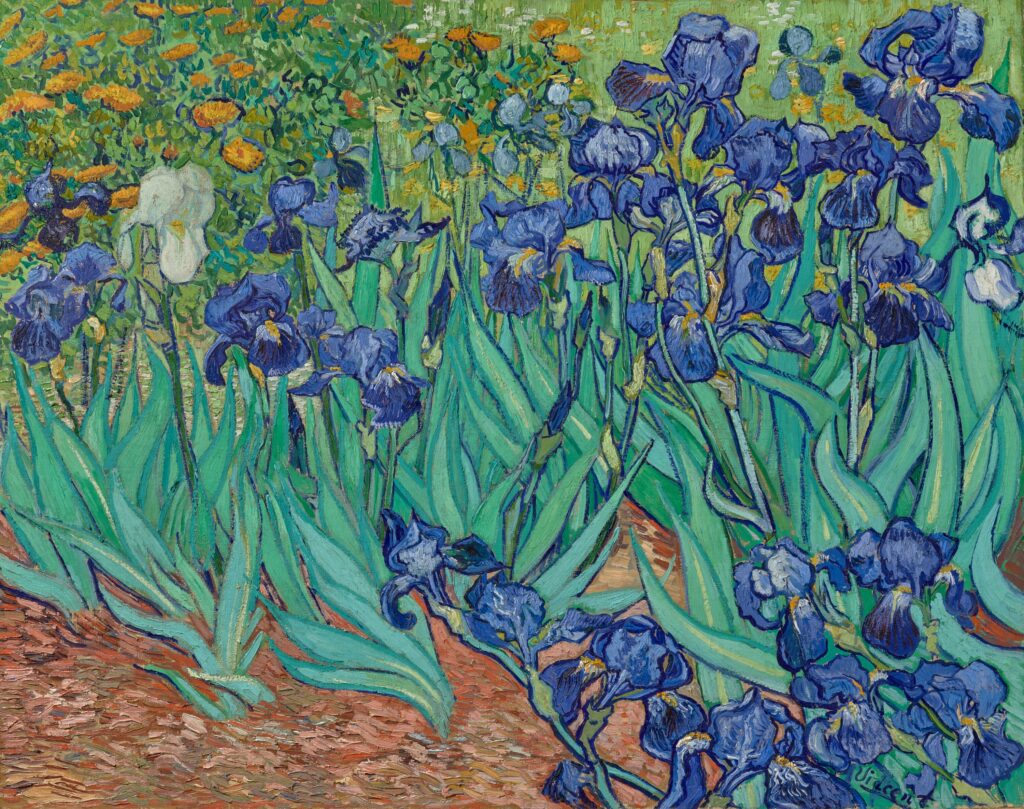
Purple’s journey from the rare and expensive Tyrian dye of antiquity to the widely available synthetic pigments of the 19th century is a testament to human ingenuity and the evolving nature of art. This majestic hue continues to inspire and challenge artists, offering a unique palette for expressing the depths of human emotion and the mysteries of the natural and spiritual worlds. Through the works of renowned artists, purple has cemented its place as a color of profound significance and enduring appeal in the visual arts.



